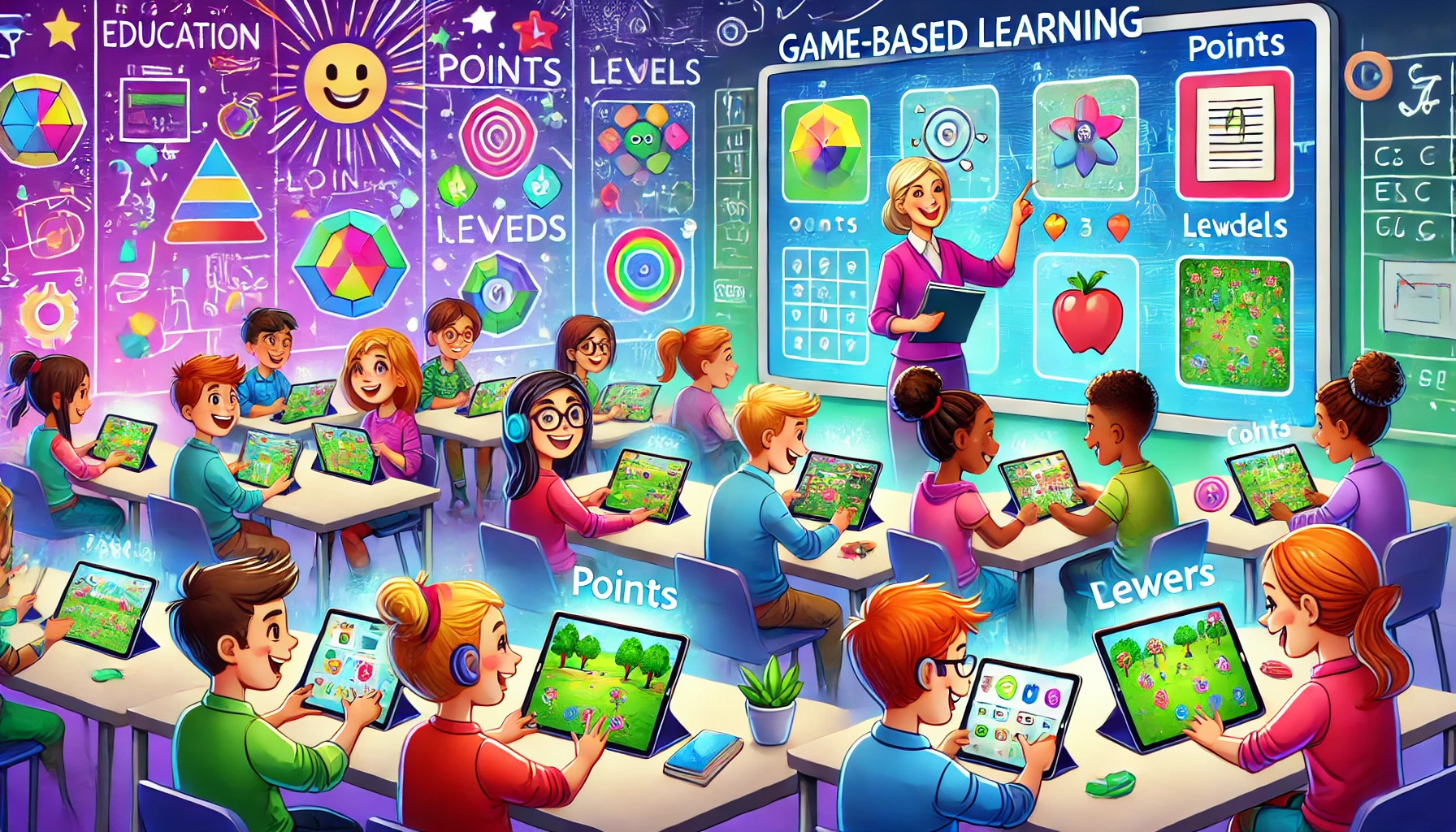From Screen Time to Study Time: The Role of Gamification in Modern Education

Introduction: From Play to Progress
Gamification in education might sound like an excuse for kids to play video games during class, but it’s actually a clever way to enhance learning. Think about it: what if learning the periodic table felt more like leveling up in a game than memorizing symbols? Gamification takes the addictive nature of games and applies it to education. It turns lessons into challenges, rewards progress with badges, and motivates students to engage with the content in a way that feels fun instead of forced.
Why Gamified Learning Works: The Power of Play
Remember when you got your first high score on a video game? That rush of excitement, the determination to keep going? That’s the core of gamification. By turning lessons into game-like experiences, educators tap into students' natural desires for competition, achievement, and mastery. Gamified platforms use leaderboards, badges, and level-ups to reward effort, encouraging students to keep trying until they succeed. This sense of accomplishment isn't just satisfying—it's scientifically proven to help retain information. Instead of passively consuming material, students actively participate, making them more likely to remember and apply what they've learned.
The Tools of Gamified Learning: Badges, Levels, and Quests
Gamified learning platforms are packed with interactive tools designed to make education more exciting. Take badges, for example. They act like virtual trophies, rewarding students for completing tasks or mastering a skill. Levels? They create a clear sense of progression, helping students visualize their improvement. Quests, on the other hand, turn lessons into epic adventures. Instead of 'doing homework', students embark on missions to 'defeat' challenges. This shift in perspective transforms mundane tasks into engaging quests that students are eager to complete.
Does It Actually Work? The Research Behind Gamification
While it might seem like gamification is just a trendy buzzword, there’s plenty of research to back up its effectiveness. Studies show that students who learn through gamified platforms tend to retain more information and exhibit greater motivation compared to traditional methods. For instance, research published in the Journal of Educational Psychology found that gamified learning increased student engagement by over 20 percent. Moreover, platforms like Kahoot! and Duolingo have become household names in the world of education, largely because of their ability to make learning feel like a game.
The Dark Side of Gamification: Is All Play Good Play?
While gamification offers a lot of benefits, it's not without its pitfalls. Critics argue that too much focus on 'winning' could lead to unhealthy competition or burnout. There’s also the risk of students becoming more interested in the rewards than the learning itself. If the badges and leaderboards overshadow the educational content, it could reduce learning to a simple chase for points. Finding the right balance between fun and function is key to ensuring gamification serves as a tool for learning rather than a distraction.
Conclusion: Can Gamification Transform Education?
Gamification is not just a passing trend. It's transforming classrooms and giving students new ways to engage with the material. By turning learning into a game, students don’t just memorize—they actively engage, collaborate, and strive for mastery. Of course, like any tool, it works best in moderation. The trick is in finding the right balance of fun and focus. So, is gamification the future of education? Only time—and maybe a few high scores—will tell.
Reader Engagement
What do you think? Could gamification make school more exciting for students, or is it just a distraction? Let us know in the comments!



